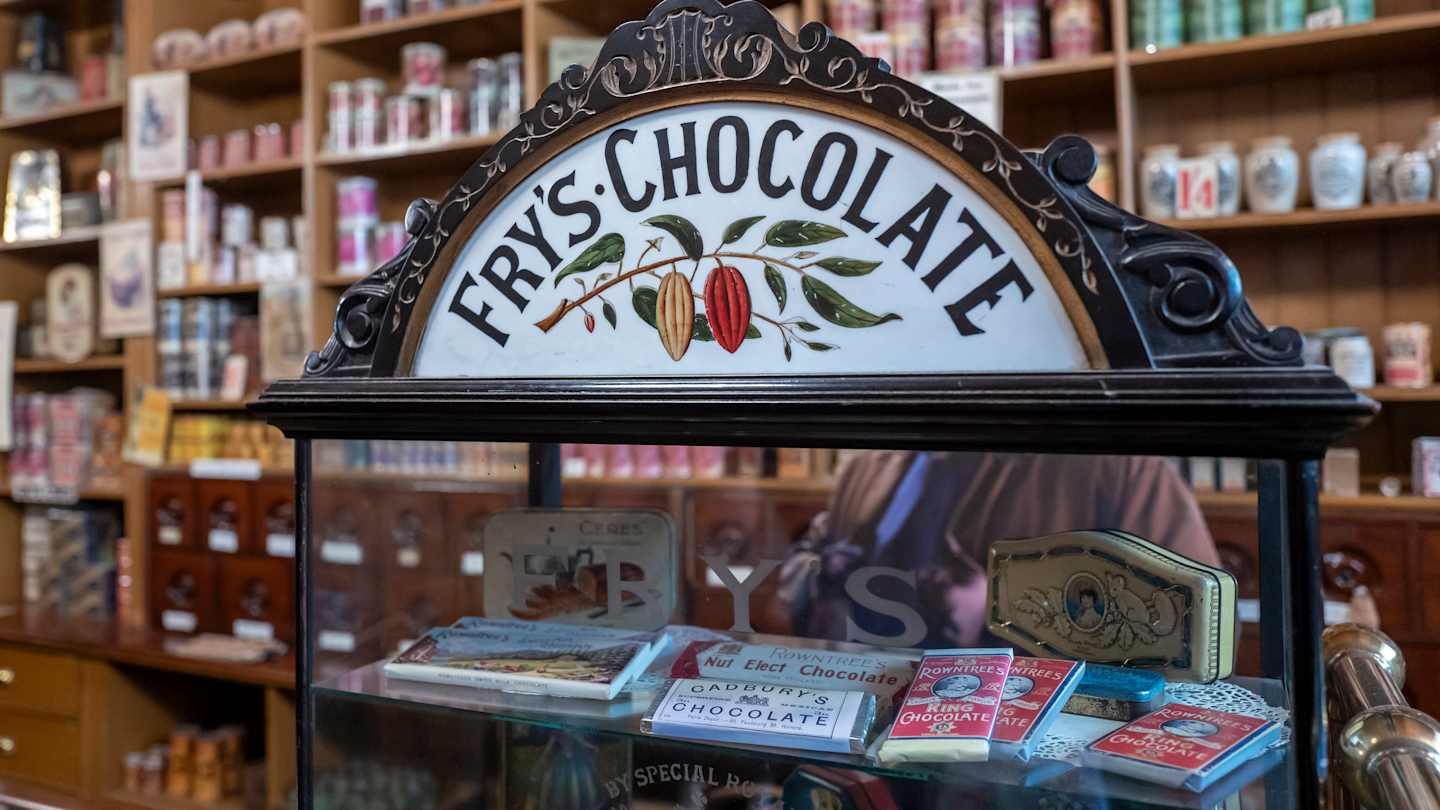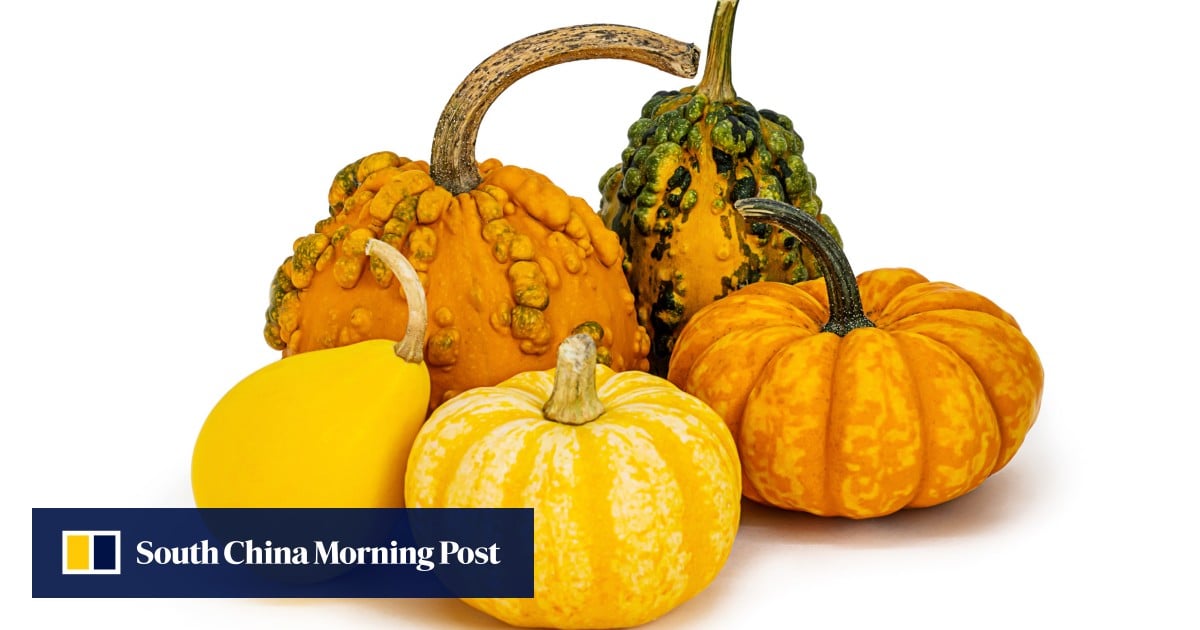Prue Leith, most recognized for her role on the Great British Baking Show, is also a successful entrepreneur, food columnist, and creator of a well-regarded culinary institute. Among the vast myriad of her expertise, she self-proclaims with a touch of pride to be the ‘trifle queen’. Her wealth of knowledge encompasses not just crafting elaborate versions of classic British dessert trifles, filled with layers of alcohol-soaked cake, fruit, and custard or cream, but also simplifications of the same for home bakers.
Contrary to the daunting image her numerous accolades may project, Leith’s approach to baking and in particular to trifles, is very practical and easily approachable. She encourages her readers to transform their over-baked cakes or any leftover desserts into simple yet decadent trifles. Her key advice pertains to the utilisation of leftover pastries – over-baked cake dough, slightly stale cookies, unused croissants, or any other pastry. These overlooked remnants can be a fantastic ‘cake’ base for your dessert. You can even use leftover wedding cake for a gourmet trifle. The base formed from your leftovers tenderises under the influence of alcohol soak, custard or cream layers. After that, decoration is all that’s needed to complete your trifle.
Toying around with the layers of a trifle can amplify the fun of creating this dessert. There are four main components of a trifle: The cake, the soak (alcohol or syrup), the cream, and the fruit or other toppings. The objective of reprocesses dessert leftovers is to repurpose them as the first layer, while for the other layers, feel free to employ a use-what-you-have tactic.
Start by crumbling the dessert base of your choice into your trifle cup or cake dish (if you’re making a larger trifle to accommodate a crowd). Following this, choose your liquid for soaking. Leith recommends a judicious amount of sherry, brandy, rum, or coffee or fruit liqueur for added flavour complexity. The method of application also varies, with some choosing to paint their cakes with a small basting brush, while others saturate their cakes in the chosen alcohol. For those who prefer a non-alcoholic option, you can go for a non-alcoholic aperitif, orange juice, or simple syrup. As for the cream, Leith doesn’t shy away from using store-bought whipped cream or custard in her recipes. You can even opt for instant pudding mix for a genuinely creamy trifle and finish it off with some fruits, nuts, or chocolate. As per Leith, “I mostly just assemble anything I have from the larder and pile the lot on — and I think it looks wonderful.”
A classic trifle usually features three or four layers, but you can keep layering up until the dish is filled to the brim. There aren’t any rigid rules to trifle crafting, and using a clear shatter-proof dish lends a delightful charm to the trifle as onlookers can visually feast upon each of the layers rendered from your leftovers-turned-trifle. So, gather your leftovers, and get ready to turn them into a decadent, show-stopping dessert. Just remember: when it comes to creating a trifle, your creativity is your only limit.



